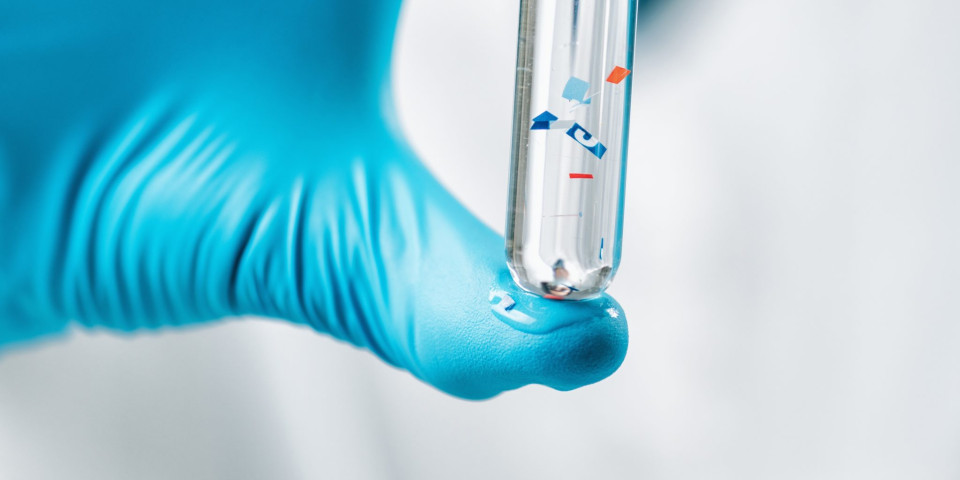Latest News
BSI Launches New Standard to Detect Microplastics in Drinking Water – What It Means for the Industry
Posted on Monday, 16th June 2025

Microplastics have become one of the most urgent and complex environmental threats facing the water industry today. These invisible pollutants are now being detected in freshwater systems, oceans and alarmingly, in the drinking water we consume.
In response, the British Standards Institution (BSI) has published BS ISO 5667-27:2025, the first official guidance for detecting microplastics in drinking water. This milestone has been covered by Water Magazine and the Water Industry Journal, and is being welcomed across the sector as a significant advancement in environmental protection and public health.
What Are Microplastics - and Why Are They Dangerous?
Microplastics are tiny plastic particles, typically less than 5mm in diameter, originating from packaging, clothing fibres, vehicle tyres, industrial waste, and the breakdown of larger plastic items. These particles are now being detected in treated water systems and even bottled water.
Although research into their health impacts is still emerging, early findings have linked microplastic ingestion to:
- Inflammation and tissue damage
- Potential hormone disruption
- Toxic chemical absorption
- Long-term risks to organs and reproductive systems
The World Health Organization (WHO) has urged governments and the water industry to prioritise research and control measures to reduce the spread of microplastics and their possible effects on human health.
BS ISO 5667-27: A New Standard for a Growing Crisis
The newly released BS ISO 5667-27:2025 provides the first internationally agreed methodology for sampling suspended microplastics in various water sources, including:
- Drinking water
- Surface water
- Wastewater
This new standard outlines practical sampling methods such as:
- Grab sampling
- Cascade filtration
- Net trawling
By standardising how microplastics are detected and monitored, the guidance ensures consistent, accurate, and actionable data across the water network, from abstraction points to household taps.
For water companies, environmental agencies, consultants, and researchers, the standard marks a pivotal shift toward proactive environmental governance.
EUSR Training: Supporting Industry Compliance and Water Safety
As new regulations and standards emerge, so does the need for targeted workforce training. That’s why the EUSR Products for Drinking Water course has been updated to reflect best practices in product hygiene, regulatory compliance, and contamination control.
The course equips water sector professionals with the knowledge and awareness needed to work safely with products that come into contact with the drinking water supply.
Ideal for:
- Operatives
- Supervisors and site managers
- Procurement teams
- Contractors and developers
- Consultants working in water infrastructure
Topics covered include:
- The Water Fittings Regulations
- Identifying approved products
- Understanding product hygiene and traceability
- Reducing contamination risks — including those posed by microplastics
“By linking product compliance with emerging standards like BS ISO 5667-27, we’re giving professionals the knowledge they need to protect both supply chain integrity and public health,” said Catherine Storer, Executive Director at Essential Site Skills.
Book Your Place: Take Action on Microplastics
The water industry is moving fast, and staying ahead means understanding both the risks and the responsibilities.
If your role involves selecting, handling, or installing products within the drinking water network, this course ensures you're working to the latest standards and helping to protect the public from emerging contaminants like microplastics.
Book your place on the EUSR Products for Drinking Water course today:
https://essentialsiteskills.co.uk/course/eusr-products-drinking-water
Because when it comes to protecting our water supply - compliance is critical, and inaction is not an option.


